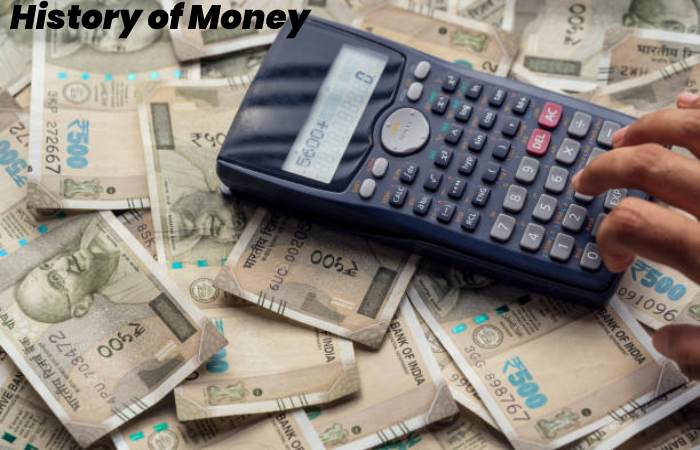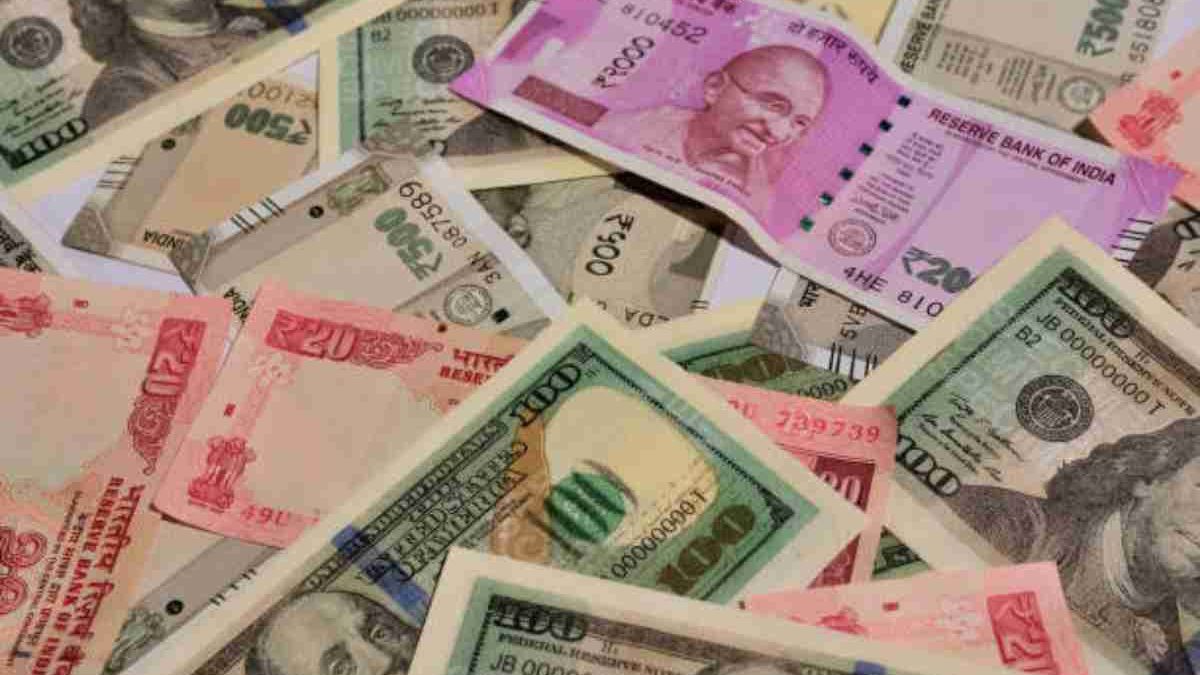Table of Contents
What is Money?
Money is a well-accepted asset within a community as a means of payment for its economic and commercial exchanges. These assets or goods serve as a unit of account and a store of value. They help measure the value of things on the same scale, thus facilitating exchange and transactions between people.
Usually, when we talk about money, we immediately think of the bills and coins with which we buy things on the street. However, these objects are only representations of the expressed value. They do not have a value in themselves but instead have a deal accepted by convention.
For example, a 100-dollar bill is equivalent to that value. It is exchangeable for goods or services until it reaches that value, but it is just a piece of paper or minted metal fragments in the case of coins.
Characteristics of Money
Commonly, money has no value in itself, but it has an exchange value that is abstract and symbolic, that is, a value determined by convention.
Said conventional value fundamentally expresses the same thing. However, the scale of representation varies (for example, how many dollars or how many pesos are equivalent to paying one hour of manual labour).
It must issue by an authority that certifies its value and controls its circulation, a role that the central banks of each nation fulfil in the modern economy. For example, they can decide how much money to print and when to remove damaged pieces from circulation.
It can be expressed in many different ways: cash (bills and coins), checks, etc. In most of them, it circulates from one hand to another anonymously but with consent: I accept the money because others will take it from my writing as well.
Money is part of a socially and institutionally guaranteed economic system, and in this, it differs from any other similar good. For that reason, we cannot buy with a newspaper clipping or a bill that we draw ourselves.
History of Money

Money did not always exist: the primitive communities did not know it, nor did they need it, since they administered their assets in a standard and tribal way. This changed during the so-called Neolithic Revolution. A sedentary lifestyle and agriculture changed man’s ways of life, thus giving rise to private property and the need for exchange since agricultural production provided a little variable set of edible goods.
In this way, barter arose the first system of merchandise exchange, which consisted of directly exchanging some goods for others: the fisherman offered his surplus of fish to the farmer, and the farmer in business offered him his excess of fruits.
But this system, which works relatively well in small communities with few needs, had many drawbacks on a larger scale: bartering did not have a single scale of value, it always depended on what others like or needed, and it did not allow savings.
For example, what did the fisherman do if the farmer did not want more fish? How many fish equal how many apples? What to do with the fish nobody wants and that tomorrow will be rotten?
Certain goods began to use as a means of payment to solve these drawbacks since they were in constant demand and were more durable. Thus, the societies that knew the Age of Metals, such as the ancient kingdoms of Mesopotamia (around 2,500 BC), used various precious minerals: gold, silver, etc., which could be stored and were universally accepted.
Functions of Money
Money, broadly speaking, fulfils the following three functions:
It serves as a medium of exchange. Thus facilitating commercial transactions and avoiding the difficulties of assigning a common value, typical of barter. In addition, it accepts by the entire civic without distinction, and it is a soft commodity, easy to transport and amass.
As a unit of measurement, this couriers the value of goods and services and thus establishes a scale about what is cheap and what is classy. In addition, it allows reserves, debts, etc., to express in standard terms. It serves as a unit of account.
It serves to preserve value. Since it usually does not decline from one day to the next, nor is it perishable in the short and medium-term, the money received from today’s sales can be used next week to buy other goods or services. This lets savings, investment, loans, etc.
Types of Money
Depending on its presentation and the scheme used to care for its value, there are various money methods. Thus, we can distinguish between:
Commodity or “real” money. This is how cash entails goods or merchandise of value, exchangeable for others and practice in themselves. This is the event with the cocoa beans that sure pre-Columbian values traded.
Typical money. The money whose value is not it’s own. Still, of conversation, that is to say, that represents a value backed by some “real” asset: oil, gold, silver, or even other of more excellent value, such as the dollar used for the international reserves of the countries.
“Fiat” money or by decree. Lacking intrinsic value, this decree by the state derives its value from trust in its economic strength. This is the case with the buck, the yen, the euro, and many of the world’s most vital money.
Fiat cashes. Its name comes from the Latin name Fiducia, adaptable as “trust” since its value comes precisely from the community’s trust. So it is not supported by any asset of intrinsic value but by a promise to pay by the delivering entity. Seen in this way, it also works with fiat money and is the world’s predominant standby currency model.
Electronic money. Money does not have a touchable form of presentation but rather exists within computer systems and is issued electronically. This is the case of cash mobilisation in bank transfers and electronic coins such as bitcoin.
Money Creation
Just no one can create money. Under the banking system that is today, there are only two mechanisms available for governments to make money:
Lawful money. This mechanism can only be set in waves by the Vital Bank of each nation and includes various minting processes and producing banknotes. Thus only cash is made.
Bank money. For their part, private and salable banks can issue money to grant loans, depositing it in their clients’ accounts and with partial support in their cash ratio. Said money usually is electronic.
Also Read: What is Technical Analysis? – Examples, Advantages and Disadvantages

